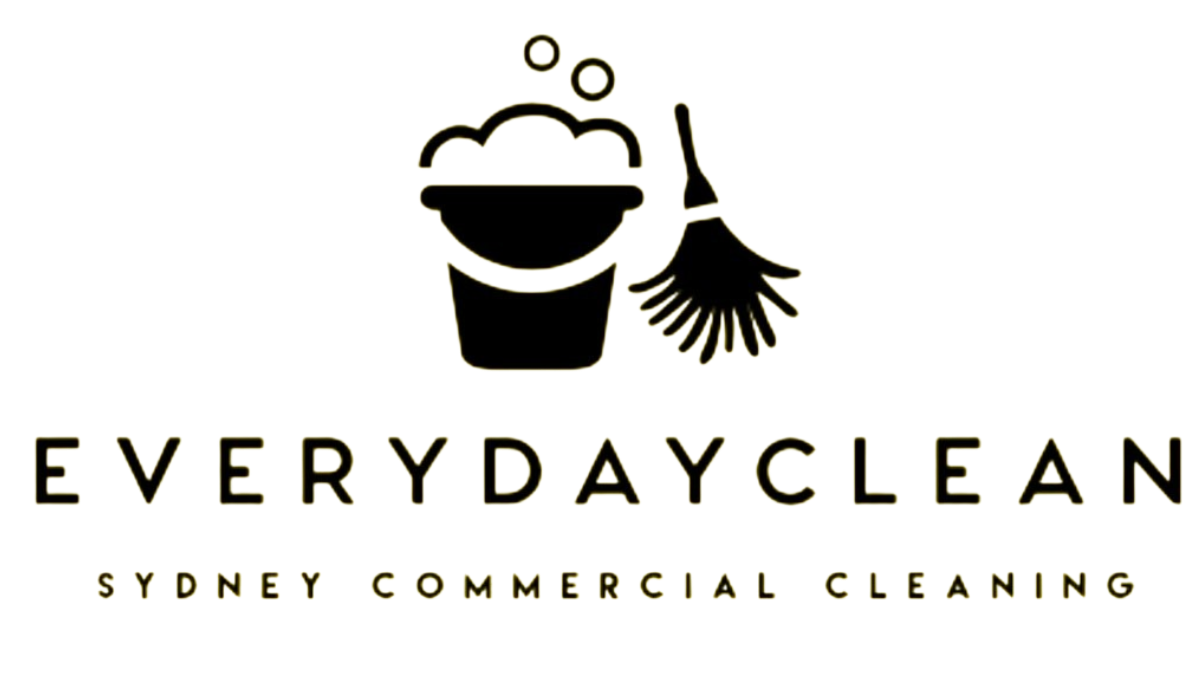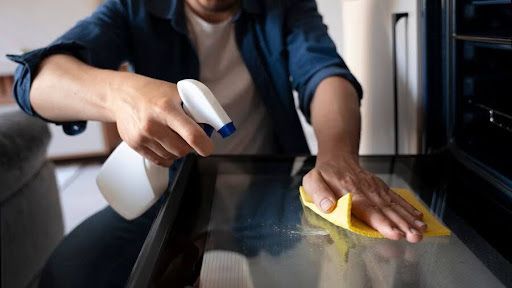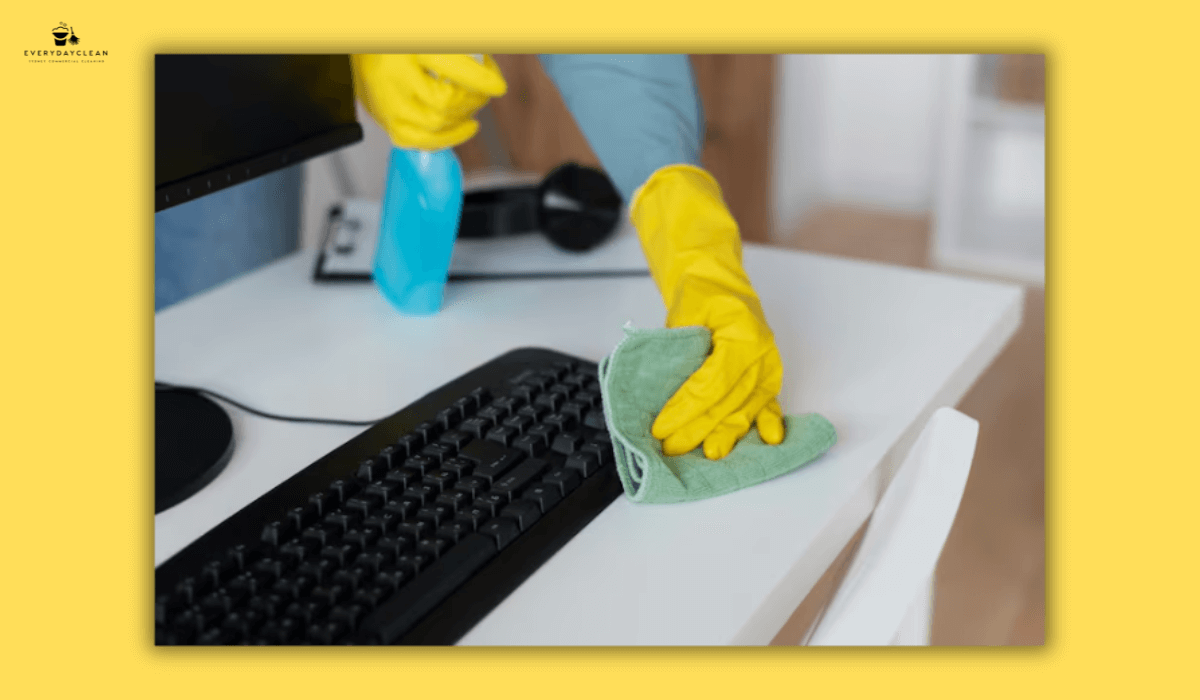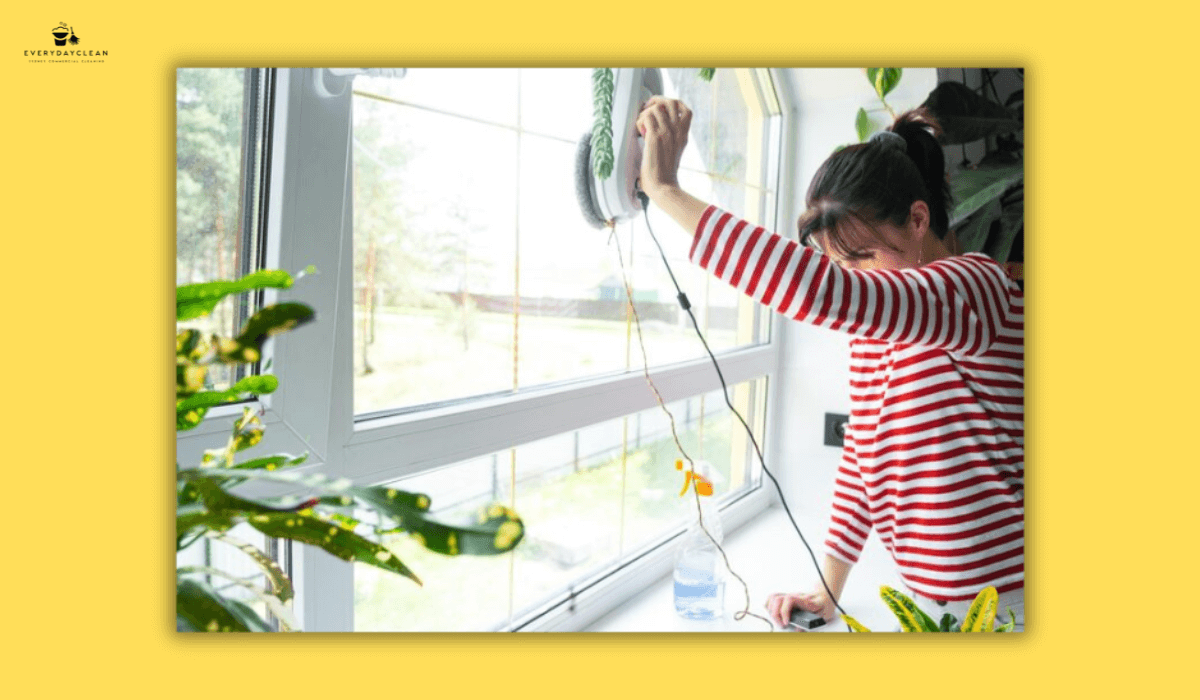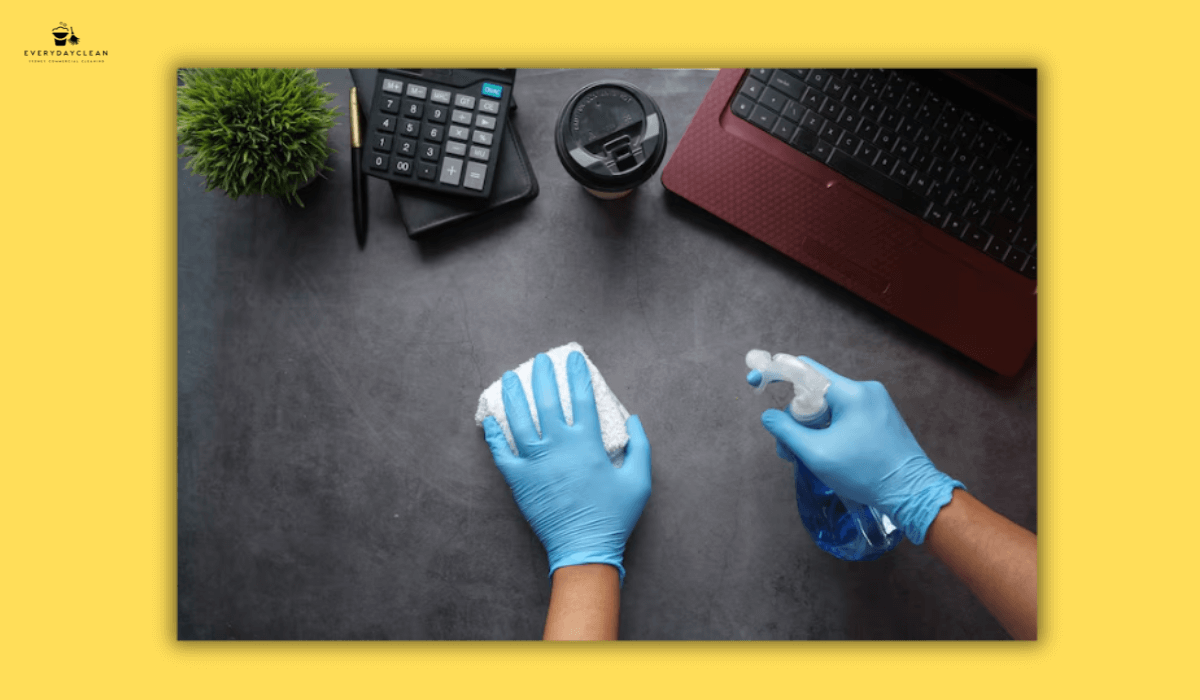Sydney’s Medical Facilities: Cleaning Checklist & Protocols
Sydney’s medical facilities operate in highly regulated environments where cleanliness directly supports compliance, safety, and trust. Maintaining rigorous hygiene standards across high-traffic areas and frequently used surfaces is not only a requirement—it’s also critical to presenting a professional, well-managed clinical space. This guide outlines best practices, high-touch area considerations, and cleaning strategies tailored for medical-use environments in Sydney.
Why Professional Cleaning Matters in Sydney’s Medical Facilities
Cleaning in medical settings is different from standard commercial cleaning. The nature of these facilities—where people come and go regularly, and shared equipment is constantly in use—demands a precise, systematic approach.
When properly implemented, commercial cleaning helps:
- Maintain visual cleanliness for staff and visitors.
- Support facility compliance with sanitation protocols.
- Minimise the spread of contaminants on shared surfaces.
- Enhance trust and professionalism through routine upkeep.
For facilities aiming to uphold these standards, partnering with an experienced Sydney-based provider like Everyday Clean ensures reliable and tailored service.
Understanding High-Touch Surface Cleaning in Medical Environments
High-touch surface cleaning focuses on areas that are repeatedly handled by different people throughout the day. These are the surfaces most susceptible to harbouring unwanted debris, organic matter, and contaminants, which can compromise the visual and hygienic integrity of the space.
Common High-Touch Points in Medical-Use Facilities
- Door handles and push plates at entryways
- Bed rails, chairs, and seating arms in exam rooms
- Light switches and electrical control panels
- Reception counters and self-check-in screens
- Shared medical trolleys, keyboards, and remote devices
Addressing these surfaces with routine wipe-downs and consistent cleaning reduces the chance of residual matter accumulating and supports a cleaner working environment for all occupants.
Patient Rooms, Reception Zones, and Clinical Touchpoints
Each zone within a medical facility has specific cleaning demands. Let’s explore how different areas should be managed for optimal hygiene outcomes.
Cleaning in Treatment and Consultation Rooms
These areas involve frequent use of shared tools, patient furniture, and staff-accessed equipment. It’s essential to:
- Wipe down surfaces after each session
- Sanitise high-contact elements such as counters, armrests, and drawer handles
- Maintain clear visual order through organised spaces and decluttered zones
Focus Areas in Reception and Waiting Areas
Reception areas often experience heavy foot traffic. Cleaning staff should prioritise:
- Check-in kiosks and iPads used by patients or visitors
- Pens, clipboards, and shared items
- Chairs, side tables, and entrance glass panels
- Waste bins and coffee table surfaces
Routine attention to these points helps maintain a welcoming and hygienic front-of-house presence, crucial in medical facility settings.
Selecting Appropriate Cleaning Products and Tools
Sydney’s medical-use buildings should only use commercial-grade cleaning products suited to sensitive environments. Product choice matters—both for efficacy and compatibility with surfaces.
Disinfectants for Regulated Environments
Choose commercial disinfectants labelled for use in clinical or sensitive environments. These solutions are designed to break down biofilm, oils, and residues common in shared areas.
Microfibre cloths are preferred due to their ability to lift and hold particulate matter. Pair these with single-use gloves and touch-free disposal methods to minimise risk during clean-up.
At Everyday Clean, our team follows consistent surface protocols using eco-certified commercial disinfectants, safe for medical-use settings while delivering dependable results.
Best Practices for Cleaning Compliance in Sydney’s Clinical Facilities
To ensure high standards are met consistently, cleaning schedules and staff coordination should follow a documented system.
Frequency of High-Touch Cleaning Tasks
- Entrance touchpoints: multiple times daily
- Exam room furniture: between uses
- Reception surfaces: every few hours during peak times
- Bathrooms: cleaned and checked several times per day
By creating a daily, weekly, and monthly cleaning schedule, facility managers can track which areas need deep cleaning versus routine wipe-downs.
Trained Teams and Consistent Methods
Proper cleaning is not just about what products you use—it’s about how they’re applied. Cleaning teams should:
- Be trained in dwell times and cross-contamination prevention
- Use colour-coded cloths to separate room types
- Follow sign-off sheets to confirm tasks have been completed
When supported by reliable medical cleaning Sydney teams, facilities can implement consistent schedules, use certified products, and remain audit-ready.
FAQs About Cleaning Sydney’s Medical Facilities
What are high-touch surfaces in medical-use buildings?
High-touch surfaces include any objects or areas that are frequently handled by staff, patients, or visitors. Examples include bed rails, keyboards, touchscreens, door handles, and waiting room chairs.
How often should these surfaces be cleaned?
Cleaning frequency depends on usage level. In busy medical clinics, high-touch points should be cleaned multiple times per day, particularly in shared areas like restrooms, reception, and exam rooms.
What products are safe to use in clinical cleaning environments?
Commercial-grade disinfectants labelled for use in sensitive or regulated settings are recommended. Microfibre cloths and eco-friendly options are ideal when paired with touch-safe application practices.
Why should medical-use facilities hire commercial cleaners?
Professional cleaning providers bring structured routines, trained staff, and specialised equipment to maintain compliance. They also reduce internal workload and help ensure the facility meets visual and hygiene expectations consistently.
Conclusion
Cleaning is a foundational part of managing Sydney’s medical facilities. From high-touch points to sensitive equipment zones, maintaining consistent surface hygiene isn’t just good practice—it’s essential for operational compliance and visitor confidence.
If you manage a clinic, dental office, or treatment centre, choose Everyday Clean for tailored medical cleaning services across Sydney—eco-conscious, compliant, and proven.
Contact Everyday Clean today to book your commercial cleaning consultation for your Sydney medical facility.
Author Box
Author: Everyday Clean Content Team
Everyday Clean is Sydney’s trusted provider of professional office, strata, and commercial cleaning services. Our licensed and insured team helps workplaces maintain top hygiene standards with eco-friendly products and proven cleaning systems. With years of experience supporting Sydney businesses, Everyday Clean shares expert tips, real case studies, and practical advice to keep your workplace safe, compliant, and welcoming.
